Mexico is typically thought of as a primo retirement destination—which it is—but plenty of expats here are also making a living and raising families.
Many start businesses, including schools, restaurants, bars, real estate services, franchises, and more. Or they work remotely, consulting online for U.S. or European clients.
Already an affordable place to live, Mexico is even more so right now thanks to the current exchange rate between the peso and the U.S. dollar.












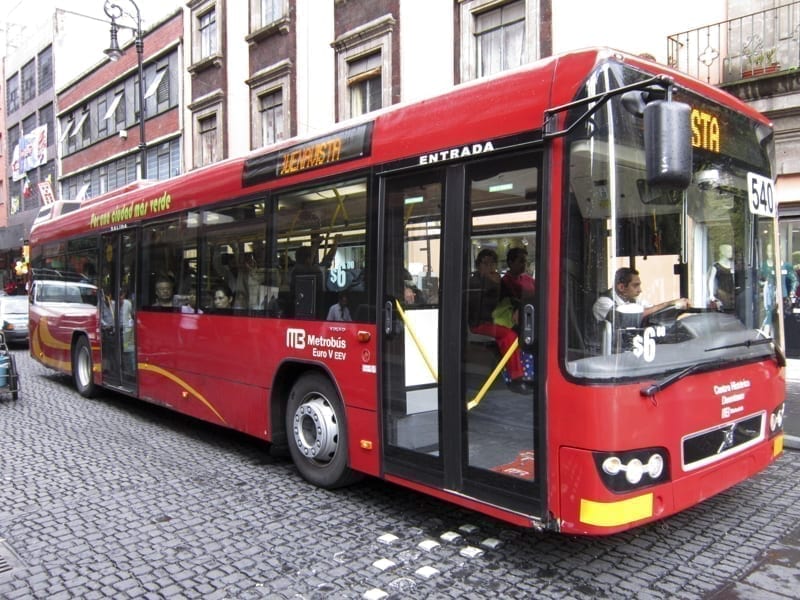
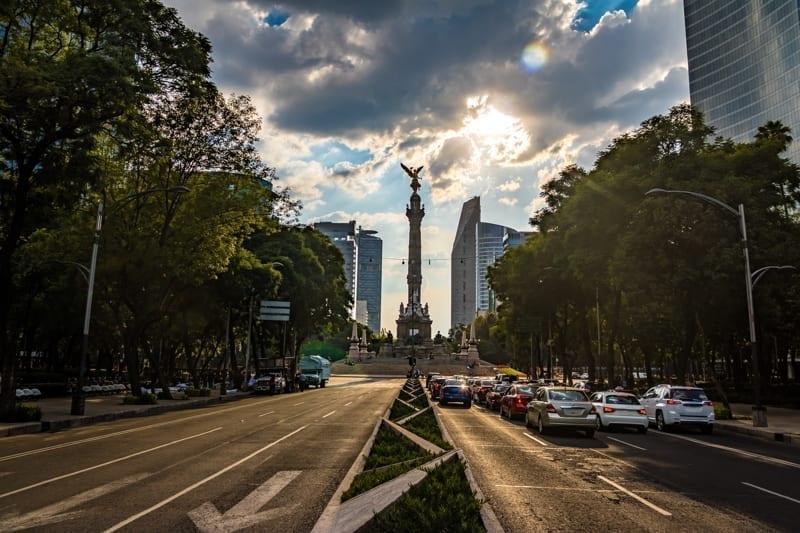
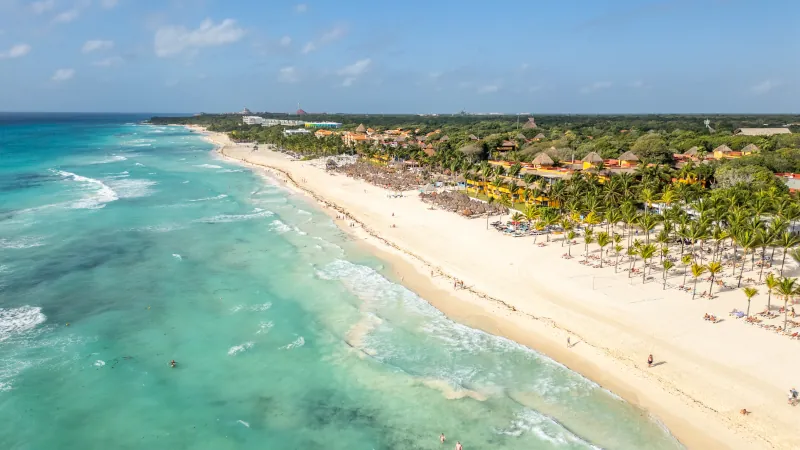 . '
. '
 . '
. '
 . '
. '
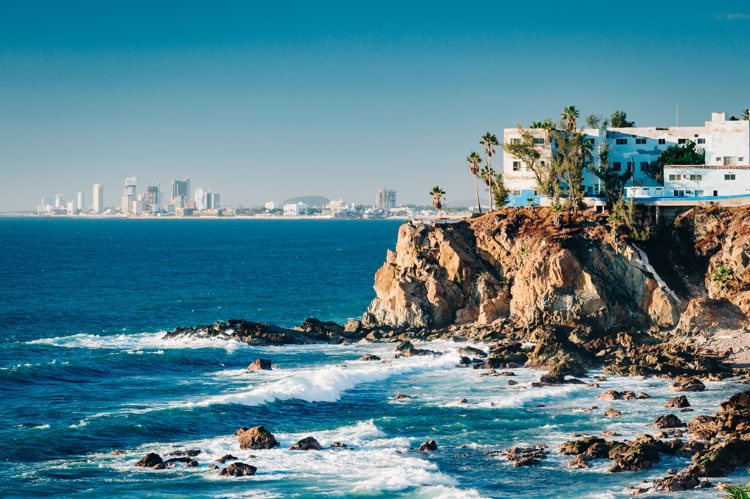 . '
. '
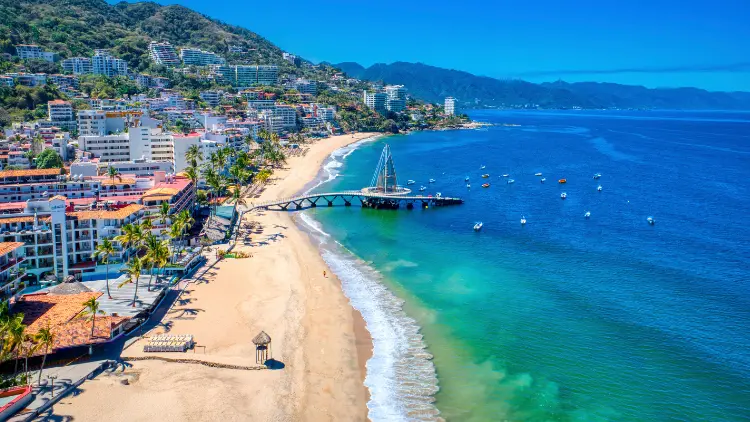 . '
. '








